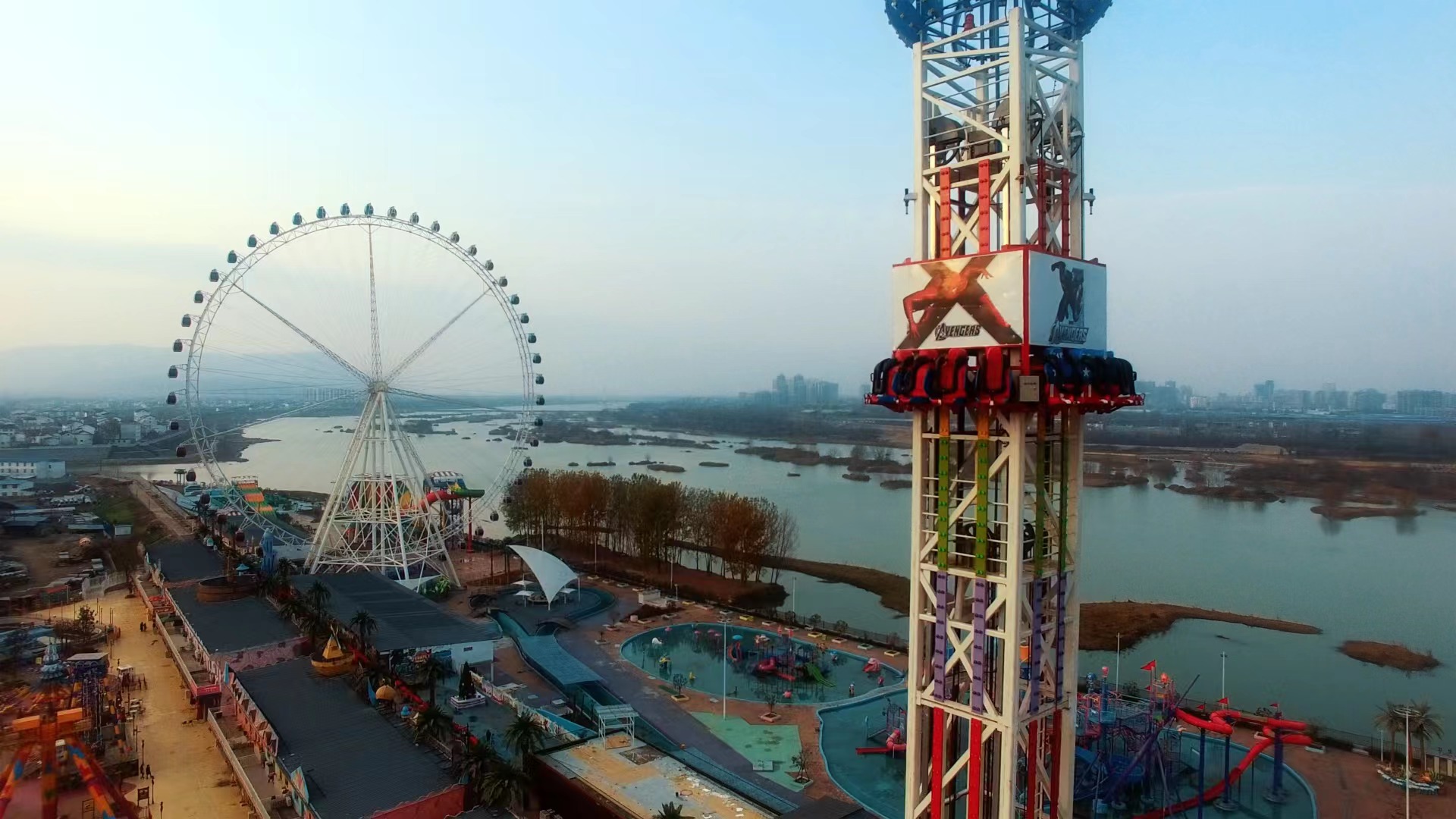- Albanian
- Arabic
- Belarusian
- Bengali
- Czech
- English
- French
- German
- Hebrew
- Hungarian
- Indonesian
- irish
- Italian
- Japanese
- kazakh
- Persian
- Russian
- Thai
- Uzbek
- Vietnamese
The Origins and Evolution of the First Roller Coaster in Amusement Parks
The First Roller Coaster A Thrilling Journey into History
Roller coasters have become synonymous with amusement parks and exhilarating experiences, but the origin of this thrilling ride hints at the innovative spirit of the 19th century. The first roller coaster, known as the Russian Mountain, opened in the early 1800s in Russia and laid the groundwork for the modern roller coasters we enjoy today. This article delves into the history of the first roller coaster, its evolution, and its impact on the amusement industry.
The First Roller Coaster A Thrilling Journey into History
The first recorded roller coaster in America was built in 1884 in Coney Island, New York. Known as the Switchback Railway, it was designed by LaMarcus Adna Thompson. This wooden structure was around 600 feet long and stood 50 feet high, boasting a maximum speed of approximately six miles per hour. While it may seem slow by today's standards, this speed was exhilarating for riders in the 19th century. The Switchback Railway featured a simple design with gentle drops and turns, allowing patrons to experience the thrill of speed without the modern-day inversions and loops that characterize contemporary roller coasters.
the first roller coaster

As technology advanced, so did the design and complexity of roller coasters. By the early 20th century, engineers began incorporating steel into their designs, leading to more intricate and taller structures. The introduction of tubular steel tracks in the 1950s revolutionized roller coasters once again, enabling loops and corkscrews that heighten the thrill. This innovation paved the way for iconic rides such as the Matterhorn Bobsleds at Disneyland, which debuted in 1959, and many other legendary coasters that followed.
The evolution of roller coasters continued into the 21st century, marked by creative themes and innovative technologies. Today, visitors can experience roller coasters such as the “Kingda Ka” in New Jersey, which is one of the tallest and fastest in the world, reaching heights of 456 feet and speeds of up to 128 miles per hour. Modern coasters utilize sophisticated computer technology to monitor and enhance safety while pushing the limits of engineering to provide heart-stopping thrills.
Moreover, roller coasters have transcended their role as mere amusement rides; they have become cultural icons. The design and construction of these rides involve multidisciplinary teams of engineers, artists, and designers who work together to create not only an exhilarating experience but also an immersive narrative for riders. Themed roller coasters transport guests into fantastical worlds, enriching their adventure beyond the mere thrill of speed and height.
In conclusion, the journey of the roller coaster, from its origins in Russia to the adrenaline-pumping rides we see today, is a testament to human creativity and innovation. The excitement that roller coasters evoke reflects a deep-seated desire for adventure, and their history reveals a fascinating interplay between engineering prowess and the pursuit of fun. As amusement parks continue to evolve and push the boundaries of design, future generations will undoubtedly experience even more thrilling rides, ensuring that the legacy of the roller coaster lives on.
-
Flume Ride-Hebei Zhipao Amusement Equipment Manufacturing Co., Ltd.|Thrilling Water Attraction&Customizable DesignJul.30,2025
-
Flume Ride - Hebei Zhipao Amusement Equipment | Water Coaster, Thrilling DescentJul.30,2025
-
Flume Ride - Hebei Zhipao | Thrilling Water AttractionJul.30,2025
-
Flume Ride: Thrilling Water Attraction by Hebei Zhipao|Log Flume Manufacturers&Flume Ride DesignJul.30,2025
-
Flume Ride-Hebei Zhipao Amusement Equipment Manufacturing Co., Ltd.|Thrilling Water Coaster, Safe DesignJul.30,2025
-
Flume Ride-Hebei Zhipao Amusement Equipment Manufacturing Co., Ltd.|Thrilling Water Attraction, Safe DesignJul.30,2025
